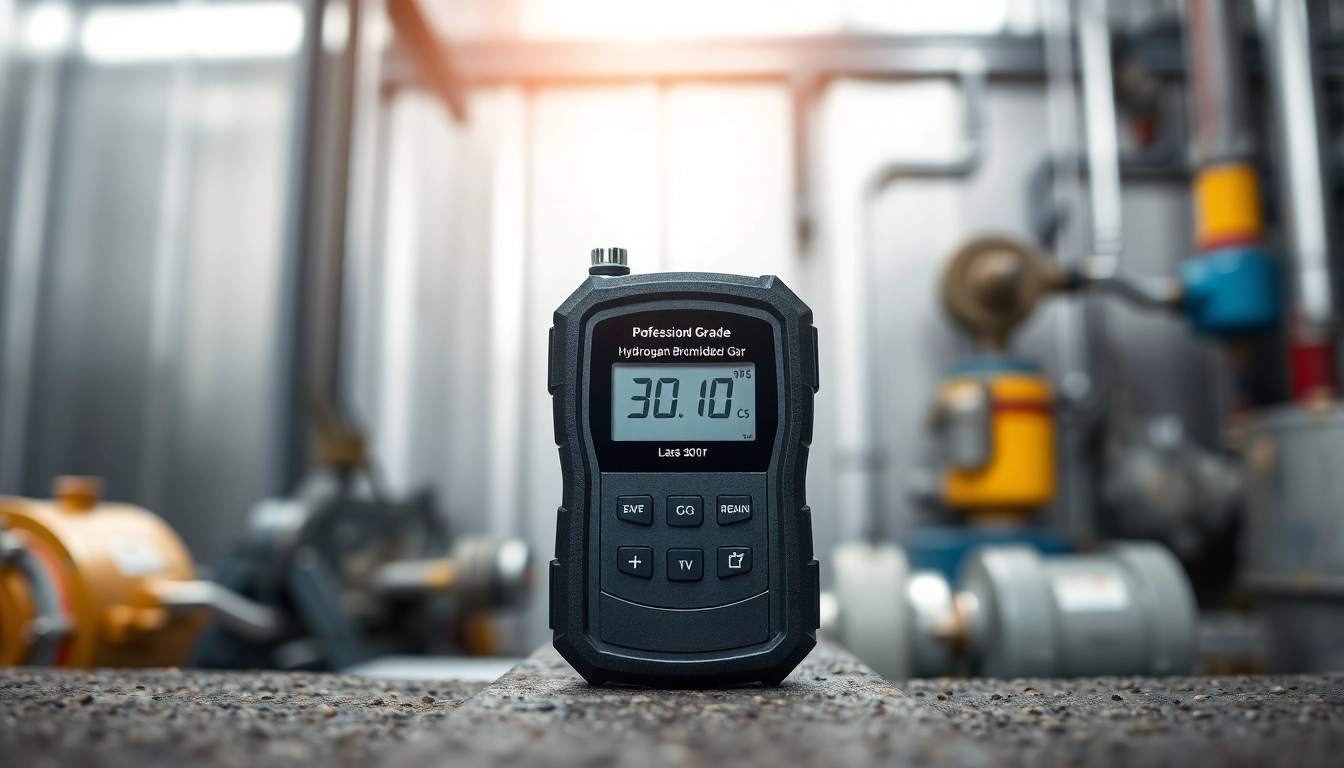Understanding Electrical Equipment Testing
Electrical equipment testing is a critical process in ensuring the safety, reliability, and performance of electrical systems and components. This testing not only verifies that equipment complies with regulatory standards but also mitigates risks associated with electrical failures. This comprehensive guide delves into the fundamentals of Electrical Equipment Testing, exploring its importance, types, benefits, best practices, and how to measure success effectively.
What is Electrical Equipment Testing?
Electrical equipment testing is a systematic procedure designed to evaluate the functionality, safety, and performance of electrical devices and systems. The testing can encompass a range of activities, from basic inspections to sophisticated performance evaluations. Such assessments help ensure that electrical equipment is operating correctly, safely, and in accordance with established guidelines.
Importance of Electrical Equipment Testing
The significance of electrical equipment testing cannot be overstated. It serves several vital functions, such as:
- Ensuring Safety: Electrical equipment can pose significant hazards if not functioning properly. Regular testing helps identify potential risks.
- Compliance: Many industries are governed by strict regulations that require regular testing to maintain compliance with safety standards.
- Operational Efficiency: Testing ensures that electrical systems are running optimally, which can enhance efficiency and performance.
Key Standards and Regulations
Various standards and regulations guide electrical equipment testing, including:
- National Electrical Code (NEC): A set of guidelines that ensure safe electrical installations.
- Underwriters Laboratories (UL): Standards developed for equipment safety and testing.
- International Electrotechnical Commission (IEC): Global standards for electrical technology, which also apply to testing practices.
Types of Electrical Equipment Testing
Functional Testing
Functional testing evaluates whether the electrical equipment operates as intended under specified conditions. This can include checking circuit continuity, operational performance, and the correct functioning of control systems. For instance, testing a motor may involve ensuring it starts, stops, and runs smoothly under load conditions.
Safety Testing
Safety testing is crucial for identifying risks that could lead to electrical shock, fire, or equipment failure. Key elements of safety testing include:
- Insulation Resistance Testing: Measures the insulation resistance of electrical systems to prevent current leaks.
- Grounding Tests: Ensures that equipment is adequately grounded to mitigate electrical hazards.
Performance Testing
Performance testing assesses the effectiveness and efficiency of electrical equipment. This could involve load testing to measure how equipment behaves under various operational scenarios. For example, in a generator, performance testing will help determine its output capacity and operational stability.
Benefits of Regular Electrical Equipment Testing
Ensuring Safety and Compliance
One of the primary benefits of regular electrical equipment testing is safety. Maintaining compliance with industry standards and regulations not only protects employees but also minimizes the risk of costly accidents and legal liabilities. Well-documented testing records also demonstrate due diligence to regulatory bodies.
Enhancing Operational Efficiency
Regular testing ensures that equipment functions at peak efficiency, leading to improved operational performance. By identifying faults before they lead to failures, companies can avoid unplanned downtime, enhance productivity, and maintain consistent service quality.
Reducing Maintenance Costs
Proactive testing allows organizations to detect potential issues early, enabling them to carry out repairs before they escalate into more significant, costly problems. This preventive approach can lower maintenance costs over time and extend the lifespan of electrical equipment.
Best Practices for Effective Testing
Choosing the Right Equipment
Utilizing properly calibrated and appropriate testing equipment is crucial for accurate results. Ensure that equipment meets the standards required for the specific tests being conducted. Consider utilizing multifunction testers for flexibility, or specialized tools for specific evaluations.
Implementing a Testing Schedule
A well-structured testing schedule is essential for maintaining compliance and ensuring safety. Factors for scheduling include:
- Manufacturer Guidelines: Follow the recommendations provided by equipment manufacturers regarding testing intervals.
- Usage Patterns: More frequently used equipment may require more regular testing.
- Regulatory Requirements: Adhere to legal requirements for testing frequency.
Training Your Team
Investing in training for your team is vital. Proper training ensures that personnel conducting testing can identify potential risks and faults accurately. This investment pays off through enhanced safety practices and more reliable outcomes.
Measuring Success in Electrical Equipment Testing
Performance Metrics to Track
Measuring the success of electrical equipment testing involves tracking key performance indicators (KPIs) that could include:
- Failure Rates: Monitor the occurrence of equipment failures post-testing to gauge the effectiveness of your testing protocols.
- Downtime: Analyze downtime reports to determine the impact of failures and identify trends that could require attention.
Continuous Improvement Strategies
To keep electrical equipment testing robust and effective, organizations should embrace continuous improvement. Regularly review testing procedures and outcomes to identify areas for enhancement. Feedback from personnel involved in testing can provide valuable insights into how processes can be refined.
Case Studies and Success Stories
Examining successful implementations can provide guidance and inspiration for enhancing your electrical equipment testing processes. Look for case studies within your industry that highlight effective testing strategies and demonstrate measurable benefits achieved through diligent testing efforts.















Leave a Reply